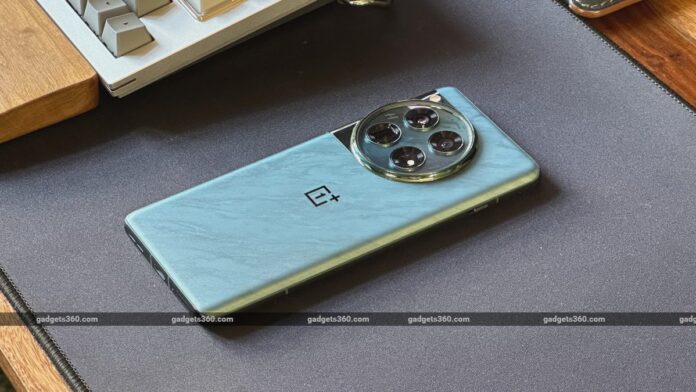Google may have christened 2023 as the year it officially brought a ton of AI-enabled features to its Pixel smartphones. Samsung kicked off 2024 with a similar trend with its Galaxy S24 series focussed heavily on AI features, some of which are very similar to Google’s. But the rest of the Android world is still playing catch-up (or is a bit late to the party). While cameras have relied on AI for image processing for several years, brands like Vivo, Oppo, and OnePlus have yet to whole-heartedly embrace and advertise AI as a core feature that improves their software or overall smartphone experience.
With that said, OnePlus is pretty much a part of the second group. There are no new AI features to brag about with this year’s OnePlus 12, with the company following the standard formula and focussing on better hardware instead. And from what I observed from my Pixel 8 Pro review, that’s not a bad idea either. I’ve spent a few days with the new OnePlus 12 and came out quite impressed.
![]()
The OnePlus 12’s design is based on the previous OnePlus 11 but surely looks and feels different
In the box, OnePlus provides a 100W charger, a Type-A to Type-C charging cable and a soft, matte-finished silicon case. The phone looks gorgeous in the new Flowy Emerald finish that I received for review, with a nicely textured rear panel with flowing lines. What got my attention was the camera layout which appears very elegant and very much like the dial of a traditional timepiece.
What is also a notable feature is its official IP65 rating, it’s not as good as an IP68 rating, but given that few smartphones offer better, it’s good to have at this price point.
Its design is typically OnePlus with rounded corners, curved sides and the typical attention to detail that OnePlus is known for, and it kind of goes back to its roots after the radically different design language the brand used for its foldable, the Open.
![]()
OnePlus retains its 3D curved display design from the OnePlus 11 but is very different from the previous one
There’s a large 6.82-inch QHD+ display in a broad 19.8:9 aspect ratio which appears quite sharp at 510ppi. OnePlus claims that it offers a maximum brightness of 1,600 nits and a peak brightness of 4,500 nits. The 3D curved edge display is protected by Corning Gorilla Glass Victus 2, which is also used for the rear panel.
The phone is powered by the latest Qualcomm Snapdragon 8 Gen 3 SoC, and it may turn out to be one of its strong points. It is one of the few smartphones at this price point to offer the same as both Vivo and Samsung have opted for MediaTek and Exynos processors this year. The phone is offered with a maximum of 16GB of LPDDR5X RAM and 512GB of UFS 4.0 storage.
![]()
The new cameras are a proper upgrade over the OnePlus 11
As for its cameras, the OnePlus 12 offers a camera setup which is nearly identical to what’s available on its Open foldable. There’s a 50-megapixel primary camera with OIS, a 48-megapixel ultra-wide with a 114-degree field of view, and a 64-megapixel telephoto camera with 3X optical zoom. Selfies are handled by a fixed-focus 32-megapixel front-facing camera. At the same time, these cameras are a proper hardware upgrade over last year’s OnePlus 11.
It’s indeed surprising that the phone does not feel very thick given that there’s a new 5,400mAh dual-cell battery inside. I’m expecting nothing but the best in terms of overall performance given that OnePlus is known for optimising its software to the tee. This battery is charged up to 80W using the 100W charger provided in the box. This may seem like a downgrade over last year’s 100W wired charging, but is a necessary evil to charge OnePlus’ largest battery unit in a phone yet. Making a return this year is 50W AirVOOC wireless charging as well.
![]()
OnePlus offers a snug-fitting silicon case in the box
All-in-all, there’s plenty to look forward to while reviewing the OnePlus 12 even though OnePlus seems to have borrowed a few bits from its parts bin. There’s not much to look forward to on the software front, even though it packs OxygenOS 14 with Android 14. But I expect OnePlus to make up for the missing AI bits with some rock-solid performance, which is where Google’s AI-heavy Pixel fumbled. Can OnePlus continue to provide better value than Samsung’s Galaxy S series smartphones? Find out in my detailed review, which will be out soon.
Source link


